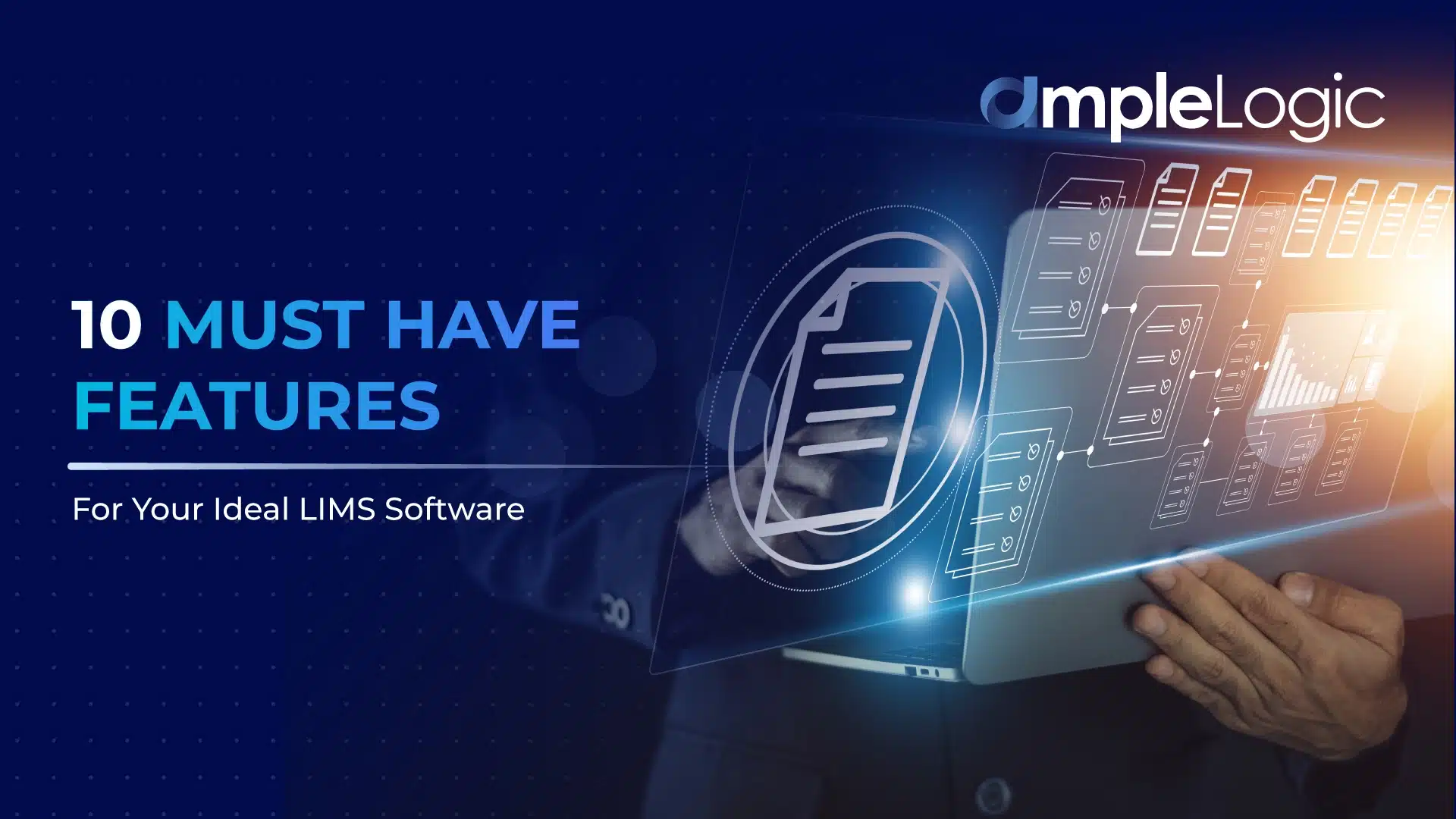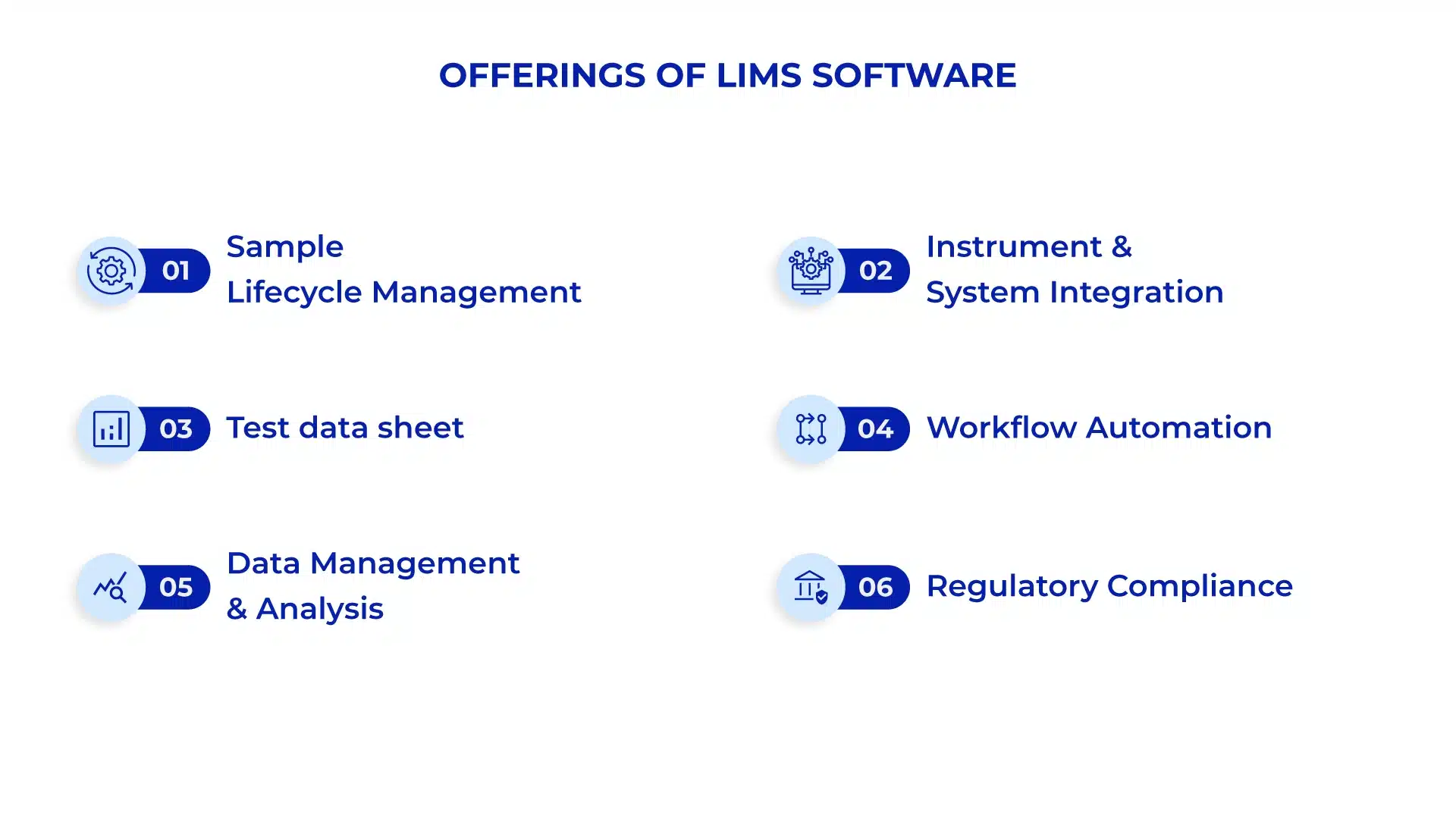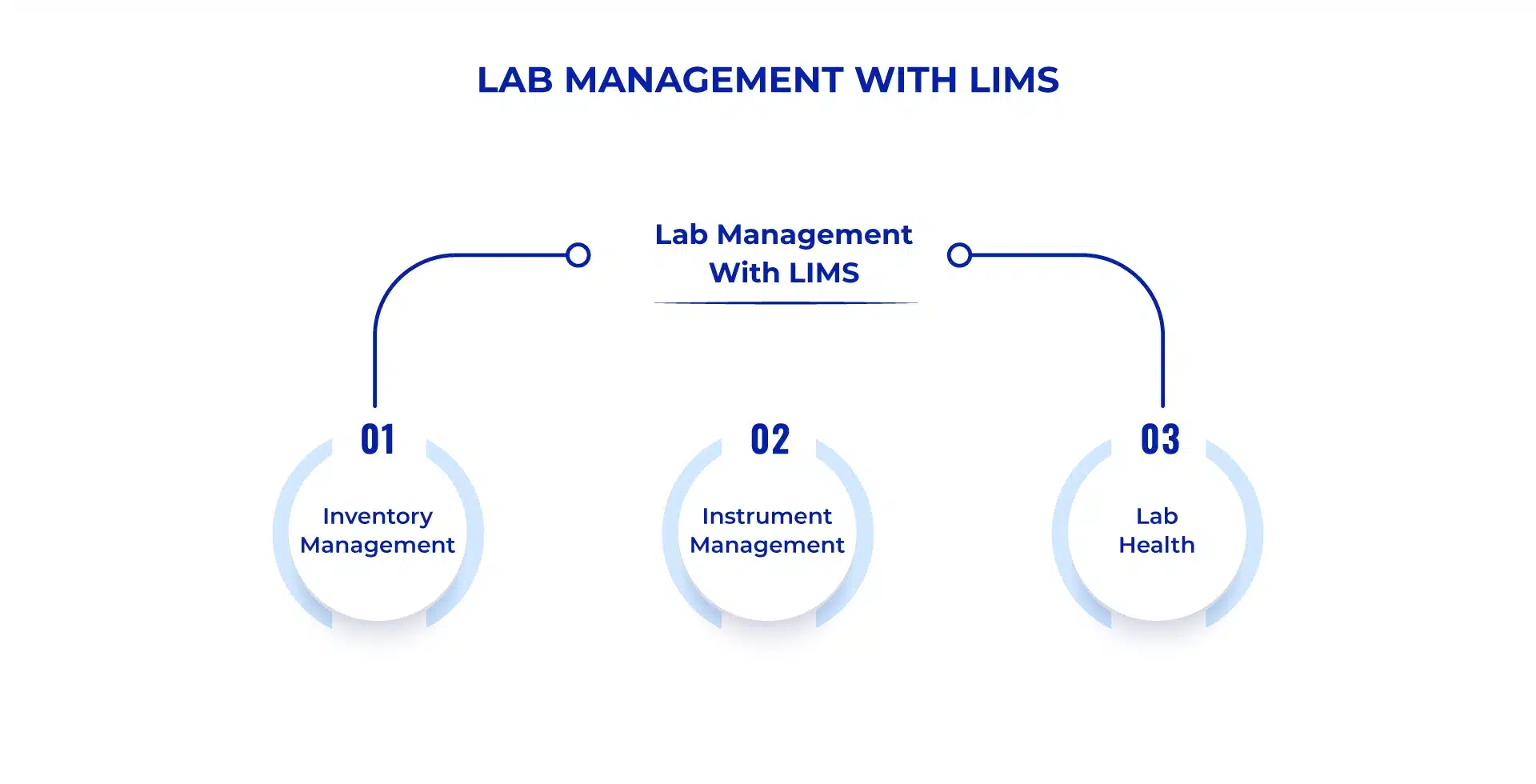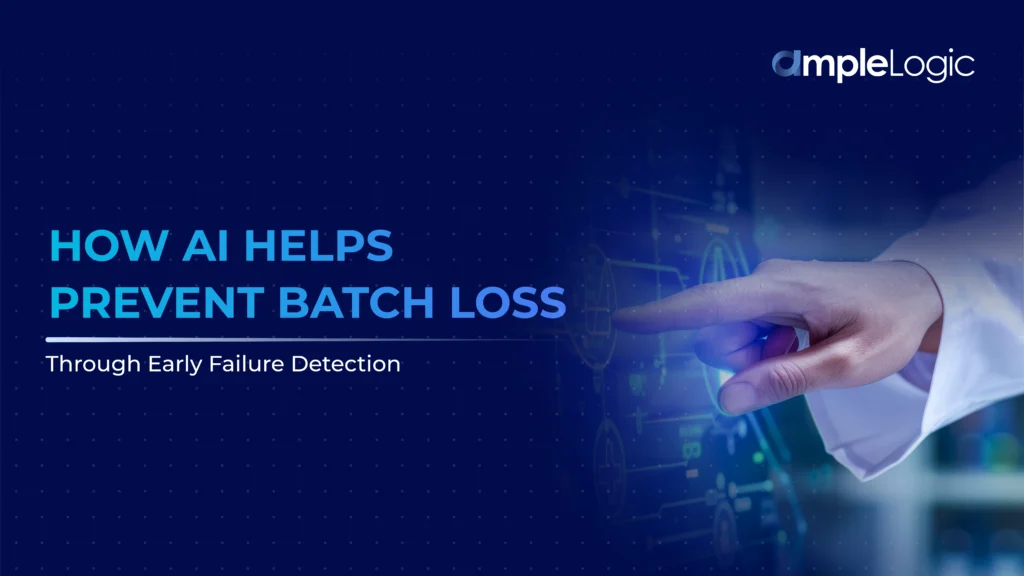
Integrating LIMS into your laboratory operations can have a profound impact on your workflow, facilitating monitoring, storage, and analysis of data generated during each process. Moreover, it can also optimize laboratory processes, leading to enhanced productivity. However, with numerous LIMS solutions available, each offering a wide range of capabilities, it can be overwhelming to determine which features are essential for your laboratory’s success.
Selecting an inadequate LIMS can result in costly errors. The lack of critical features required by your laboratory, or if customization is necessary to align with your workflows. Furthermore, without a comprehensive understanding of the available capabilities, you may be forfeiting opportunities to unlock new efficiencies. In this article, we will explore 10 essential solutions that an ideal LIMS should provide, enabling you to make informed decisions about the right options for your laboratory’s requirements.
When choosing a Laboratory Information Management System (LIMS) for your lab, it’s crucial to ensure it has the essential features to effectively manage your operations.

10 Essential Features of LIMS
Sample Lifecycle Management: When a sample is received, the LIMS application saves the data. The system can generate barcodes or QR codes for accurate tracking and management throughout the sample lifecycle, from initial receipt to final analysis.
Test data sheet: While defining (Standard Test Procedures) STP, the user can give the necessary auxiliary module references, such as chemicals, solutions, and instruments. It is a comprehensive record that captures all relevant test data, including measurements, observations, and analytical results.
Lab management: LIMS has overall lab management capabilities, which fall into three categories:

- Inventory management:Track the items such as reagents and consumables are located and the supply available. Monitor their use-by date and assign automatic reorder alerts for ultimate ease.
- Instrument management:Monitor instrument status in the lab. Based on workload, we can also schedule calibrations and maintenance to optimize uptime and resourcing, particularly during busy periods.
- Lab health:View and manage all the lab resources with the help of dashboards that give you an overview of the lab’s status so you can appropriately determine timelines and resource projects.
Workflow Automation: An effective LIMS will automate tasks and workflows, such as scheduling tests, generating reports, and sending notifications it improves efficiency, reduces errors.
Data Management and Analysis: A LIMS offers comprehensive data management and analysis tools. These tools enable you to store, organize, and retrieve data and generate custom reports and visualizations. They help you gain valuable insights from your data and make more informed decisions.
Compliance: Many laboratories need to comply with various regulations and standards. A LIMS makes this easier by securely tracking all data needed to support compliance with regulatory bodies such as GxP, ISO 17025, and FDA 21 CFR Part 11.
Customization and Integration: Every lab has unique needs and workflows. A LIMS should be flexible enough to be customized to fit your specific requirements and should also integrate with other software and instruments used in your lab.
Batch Management: Handling large quantities of samples can be challenging without efficient batch management. A LIMS software must have the functionality to monitor and trace sample batches from the accessioning stage to data reporting.
Storage Management: Identifying the whereabouts of laboratory samples can be difficult, especially in a large, decentralized facility with numerous cold storage units spread across multiple areas and levels. This is where a LIMS system provides adaptable storage optimization capabilities that can be tailored to your unique requirements, facilitating effortless monitoring of sample locations down to the exact container specifications.
Instrument Integration: LIMS enables seamless communication between laboratory instruments by automating data capture and eliminating manual errors. By integrating instruments with LIMS, laboratories can improve data quality and enhance overall laboratory efficiency.
A LIMS can be a key to laboratory efficiency by simplifying and optimizing your workflows. However, its benefits can only be fully realized if you clearly understand its capabilities and how they can be leveraged to enhance your specific laboratory processes. Not all LIMS solutions are created equal, so it’s essential to take a thoughtful approach to identifying your unique needs, such as enhancing process automation, adopting adaptable implementation options, and ensuring streamlined compliance with regulatory requirements to achieve optimal results in your laboratory.




























